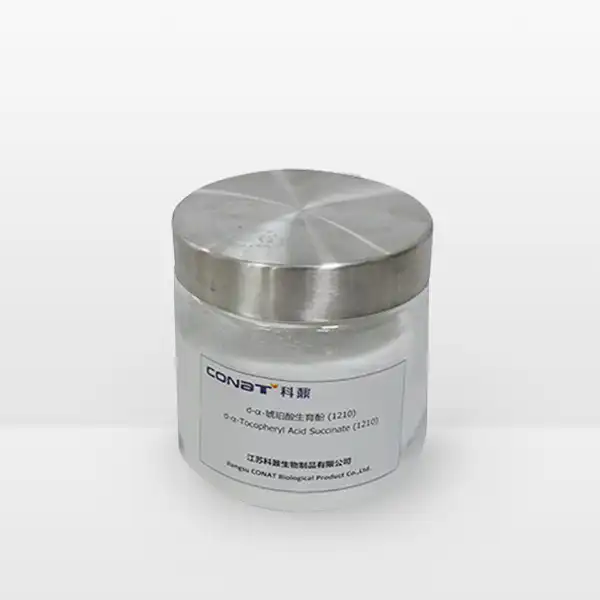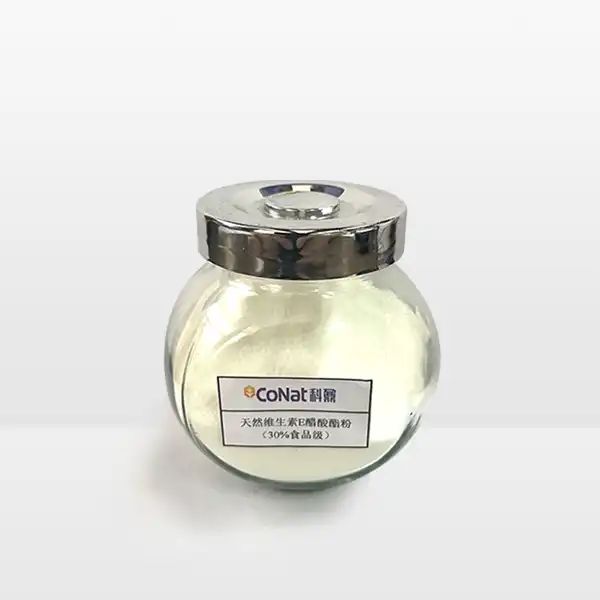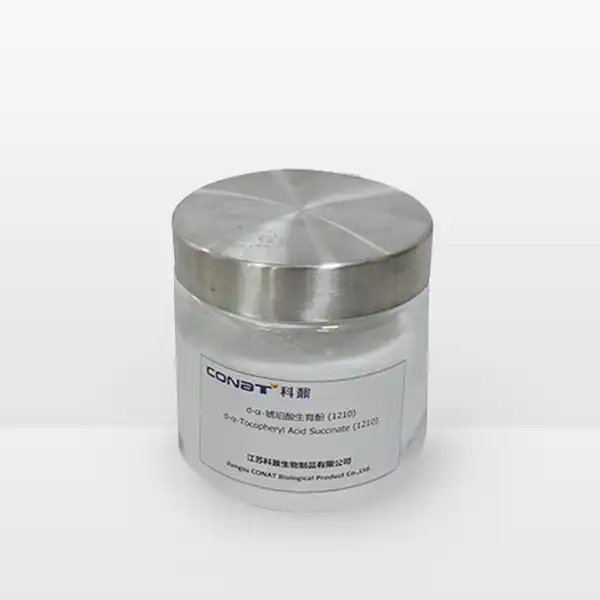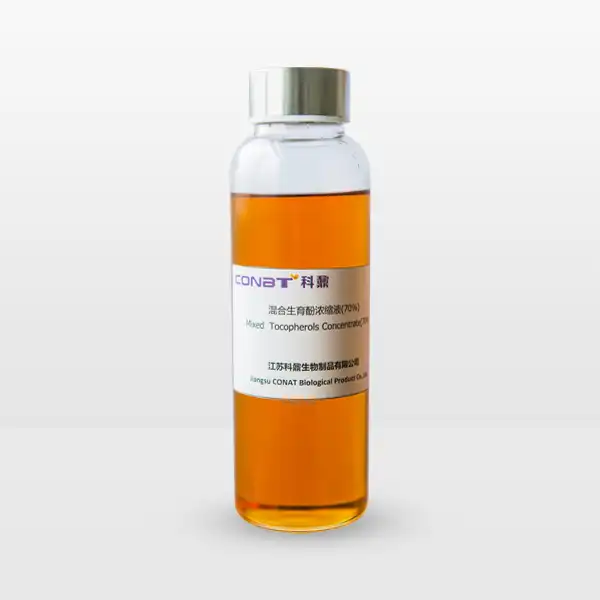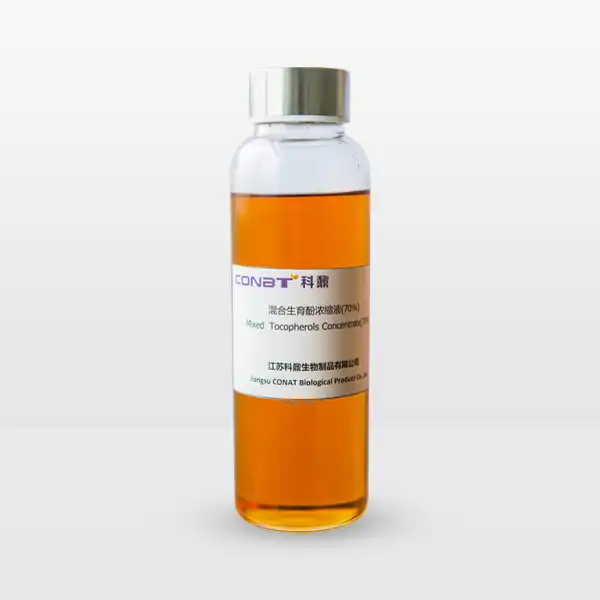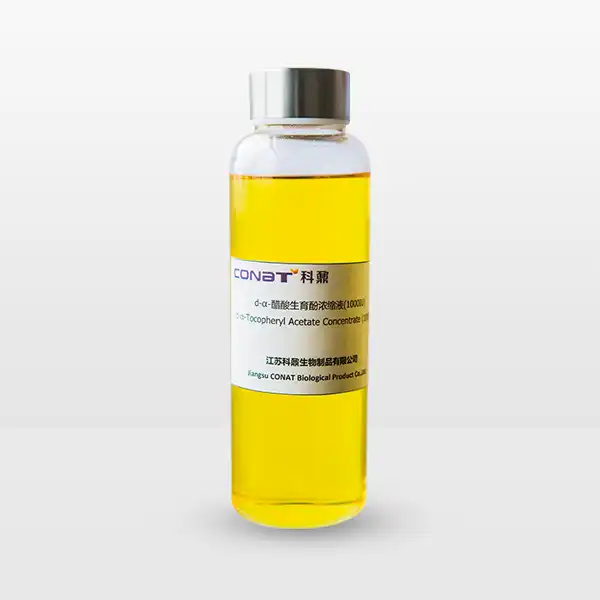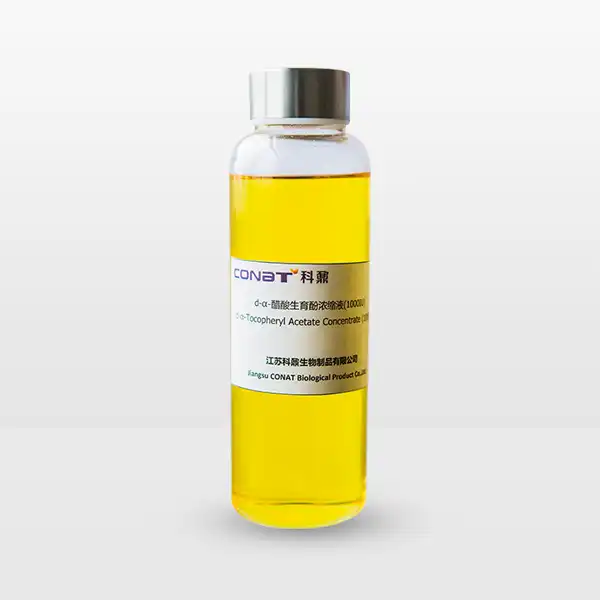- English
- French
- German
- Portuguese
- Spanish
- Russian
- Japanese
- Korean
- Arabic
- Greek
- German
- Turkish
- Italian
- Danish
- Romanian
- Indonesian
- Czech
- Afrikaans
- Swedish
- Polish
- Basque
- Catalan
- Esperanto
- Hindi
- Lao
- Albanian
- Amharic
- Armenian
- Azerbaijani
- Belarusian
- Bengali
- Bosnian
- Bulgarian
- Cebuano
- Chichewa
- Corsican
- Croatian
- Dutch
- Estonian
- Filipino
- Finnish
- Frisian
- Galician
- Georgian
- Gujarati
- Haitian
- Hausa
- Hawaiian
- Hebrew
- Hmong
- Hungarian
- Icelandic
- Igbo
- Javanese
- Kannada
- Kazakh
- Khmer
- Kurdish
- Kyrgyz
- Latin
- Latvian
- Lithuanian
- Luxembou..
- Macedonian
- Malagasy
- Malay
- Malayalam
- Maltese
- Maori
- Marathi
- Mongolian
- Burmese
- Nepali
- Norwegian
- Pashto
- Persian
- Punjabi
- Serbian
- Sesotho
- Sinhala
- Slovak
- Slovenian
- Somali
- Samoan
- Scots Gaelic
- Shona
- Sindhi
- Sundanese
- Swahili
- Tajik
- Tamil
- Telugu
- Thai
- Ukrainian
- Urdu
- Uzbek
- Vietnamese
- Welsh
- Xhosa
- Yiddish
- Yoruba
- Zulu
What is the Difference Between Vitamin E Oil and Vitamin E Capsules?
Vitamin E is a powerful antioxidant that exists in both Vitamin E Oil and capsule forms, each offering unique benefits and applications. While both forms contain the same essential nutrient, they differ in their concentration, absorption rates, application methods, and specific uses. Understanding these differences can help you make an informed decision about which form best suits your health and wellness needs.
Is pure natural vitamin E oil better absorbed than capsules?
The absorption rate of vitamin E largely depends on its formulation and method of application. When it comes to pure natural vitamin E oil versus capsules, the absorption mechanisms differ significantly. Natural vitamin E oil, particularly in its d-alpha-tocopherol form, demonstrates superior bioavailability compared to synthetic alternatives. When applied topically, the oil form creates a protective barrier on the skin while gradually releasing the vitamin E molecules into the deeper layers of the dermis.
The direct application of vitamin E oil allows for targeted absorption in specific areas, making it particularly effective for skincare purposes. The oil's molecular structure enables it to penetrate the skin's lipid barrier more effectively than other formulations. This characteristic is particularly beneficial for addressing localized skin concerns such as scars, dry patches, or areas of inflammation.
However, it's important to note that absorption isn't solely about the form of vitamin E but also about the presence of other compounds. Pure natural vitamin E oil often contains complementary ingredients that enhance its absorption, such as carrier oils rich in essential fatty acids. These supporting compounds create an optimal environment for vitamin E absorption, helping to maintain its stability and effectiveness.
Research has shown that when vitamin E oil is combined with other fat-soluble nutrients, its absorption rate can increase significantly. This synergistic effect is particularly notable when vitamin E oil is used in conjunction with vitamin C or other antioxidants, creating a more comprehensive approach to skin health and protection against free radical damage.
For maximum absorption, many experts recommend applying vitamin E oil to slightly damp skin, as this can help lock in moisture while facilitating better penetration of the vitamin E molecules. The oil's natural affinity for lipids in the skin makes it an excellent choice for overnight treatment, allowing for extended contact time and enhanced absorption during the skin's natural repair cycle.
How long does pure natural vitamin E oil take to work on skin?
The timeline for seeing results from pure natural vitamin E oil application varies depending on several factors, including skin type, specific concerns being addressed, and consistency of use. Generally, users can expect to notice initial improvements in skin texture and hydration within the first few weeks of regular application, while more significant results for specific skin concerns may take longer to manifest.
When using vitamin E oil for general skin health and moisturization, many users report feeling immediate benefits in terms of skin softness and hydration. The oil's emollient properties create an instant smoothing effect on the skin's surface. However, for more substantial benefits such as scar reduction, hyperpigmentation improvement, or anti-aging effects, a more extended period of consistent use is typically required.
For scar treatment, research suggests that vitamin E oil can take anywhere from 8 to 12 weeks of regular application to show noticeable improvement. This timeline aligns with the skin's natural cell turnover cycle, which occurs approximately every 28 days. During this period, the vitamin E oil works to support the skin's healing processes, promote collagen production, and help maintain healthy cell membranes.
The effectiveness of vitamin E oil also depends on proper application techniques and storage. To maximize results, it's recommended to apply the oil to clean skin, preferably after cleansing and toning. Many users find that incorporating vitamin E oil into their nighttime skincare routine yields better results, as this allows for undisturbed absorption and integration with the skin's natural repair processes.
Environmental factors can also influence how quickly vitamin E oil produces visible results. Exposure to sun, pollution, and other environmental stressors can impact the oil's effectiveness. Therefore, using vitamin E oil in conjunction with proper sun protection and maintaining a consistent skincare routine can help optimize its benefits and potentially speed up visible results.
Long-term users of vitamin E oil often report continued improvement in their skin's appearance and health over time, suggesting that the benefits are cumulative. Regular application helps maintain the skin's protective barrier, supports cellular repair processes, and provides ongoing protection against oxidative stress.
What happens if you apply pure natural vitamin E oil everyday?
Daily application of pure natural vitamin E oil can lead to numerous beneficial effects on skin health and appearance, provided it's used correctly and consistently. Regular use of vitamin E oil integrates this powerful antioxidant into your skin's daily defense and repair mechanisms, potentially leading to cumulative improvements in various aspects of skin health.
One of the primary benefits of daily vitamin E oil application is enhanced moisture retention in the skin. The oil creates a protective barrier that helps prevent trans-epidermal water loss, leading to better-hydrated, more supple skin over time. This consistent hydration support can help prevent the formation of fine lines and wrinkles while improving the skin's overall texture and appearance.
Daily use also provides continuous antioxidant protection against environmental stressors and free radical damage. This ongoing protection is particularly beneficial in combating the effects of daily exposure to UV radiation and environmental pollutants. Over time, this can result in more resilient skin that's better equipped to maintain its healthy appearance and function.
For those using vitamin E oil to address specific skin concerns, daily application ensures a consistent supply of this nutrient to support the skin's healing and regeneration processes. This is particularly important for issues such as scar treatment, where regular application can help maintain the skin's elasticity and promote healthy tissue repair.
The cumulative effects of daily vitamin E oil application often become more apparent over time. Users typically report improvements in skin tone evenness, reduced appearance of age spots, and enhanced overall skin radiance. The oil's ability to support collagen production and maintain skin elasticity becomes more evident with consistent, long-term use.
However, it's important to note that the benefits of daily vitamin E oil application can vary depending on individual skin types and conditions. Those with oily or acne-prone skin may need to adjust the frequency or amount of oil used to prevent potential pore congestion. Additionally, incorporating vitamin E oil into a broader skincare routine that includes proper cleansing and sun protection can help optimize its benefits.
Regular use of vitamin E oil can also help establish a protective barrier against environmental damage while supporting the skin's natural healing processes. This ongoing protection and support can result in more resilient, healthier-looking skin that better withstands daily environmental challenges and shows fewer signs of premature aging.
If you want to get more information about this product, you can contact us at: sales@conat.cn.
References:
1. Journal of Clinical Medicine (2021) "The Role of Vitamin E in Skin Health and Healing"
2. Dermatology Research and Practice (2023) "Comparative Analysis of Vitamin E Formulations"
3. International Journal of Molecular Sciences (2022) "Bioavailability of Different Vitamin E Forms"
4. American Journal of Clinical Dermatology (2023) "Topical Vitamin E: Absorption and Efficacy"
5. Skin Pharmacology and Physiology (2022) "Natural vs. Synthetic Vitamin E in Skincare"
6. Journal of Cosmetic Science (2023) "Timeline of Vitamin E Effects on Skin"
7. Clinical, Cosmetic and Investigational Dermatology (2022) "Long-term Effects of Vitamin E Application"
8. Archives of Dermatological Research (2023) "Vitamin E in Wound Healing and Skin Repair"
9. Journal of Investigative Dermatology (2022) "Antioxidant Properties of Topical Vitamin E"
10. Nutrients Journal (2023) "Absorption Mechanisms of Different Vitamin E Forms"
YOU MAY LIKE
